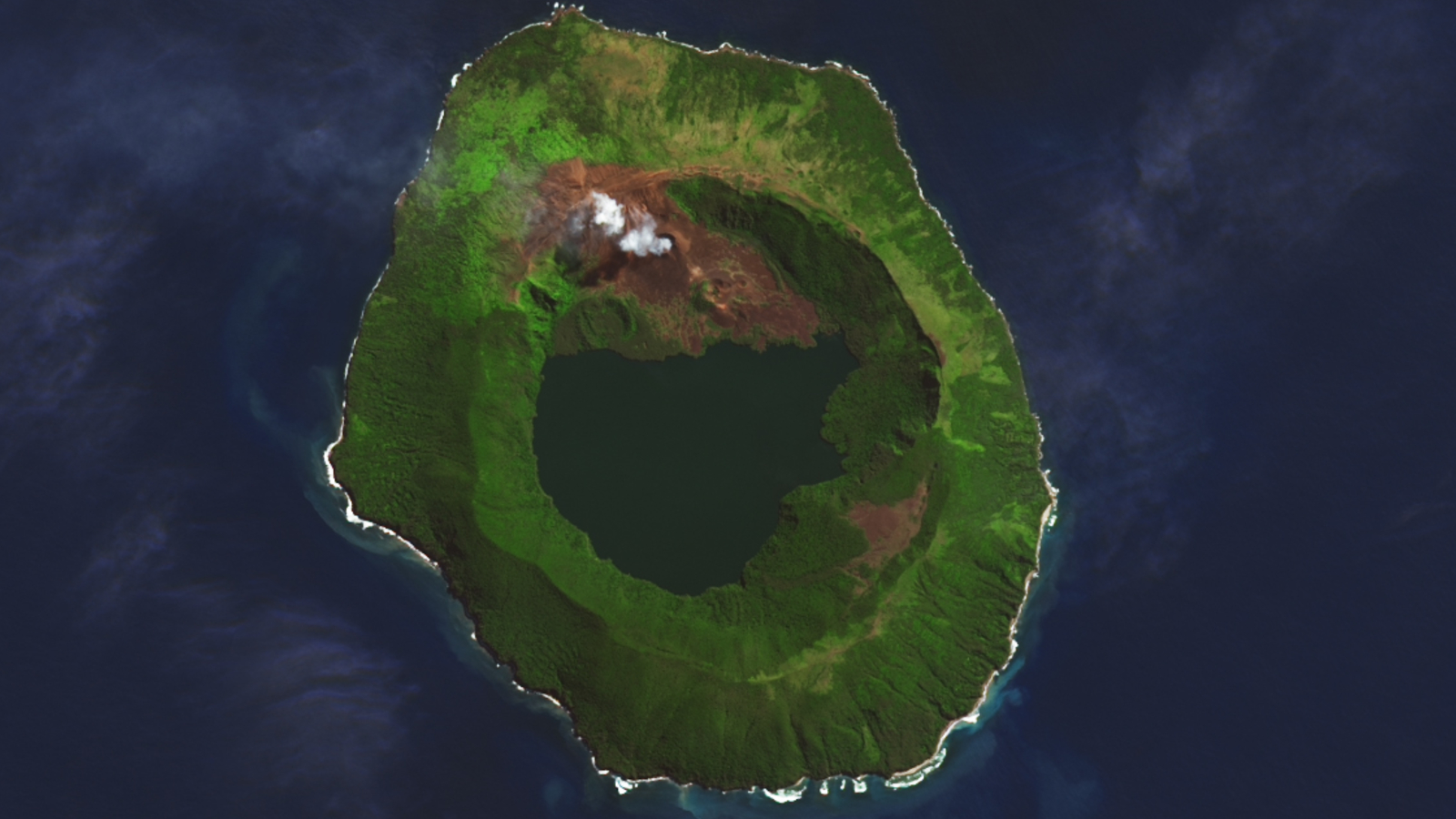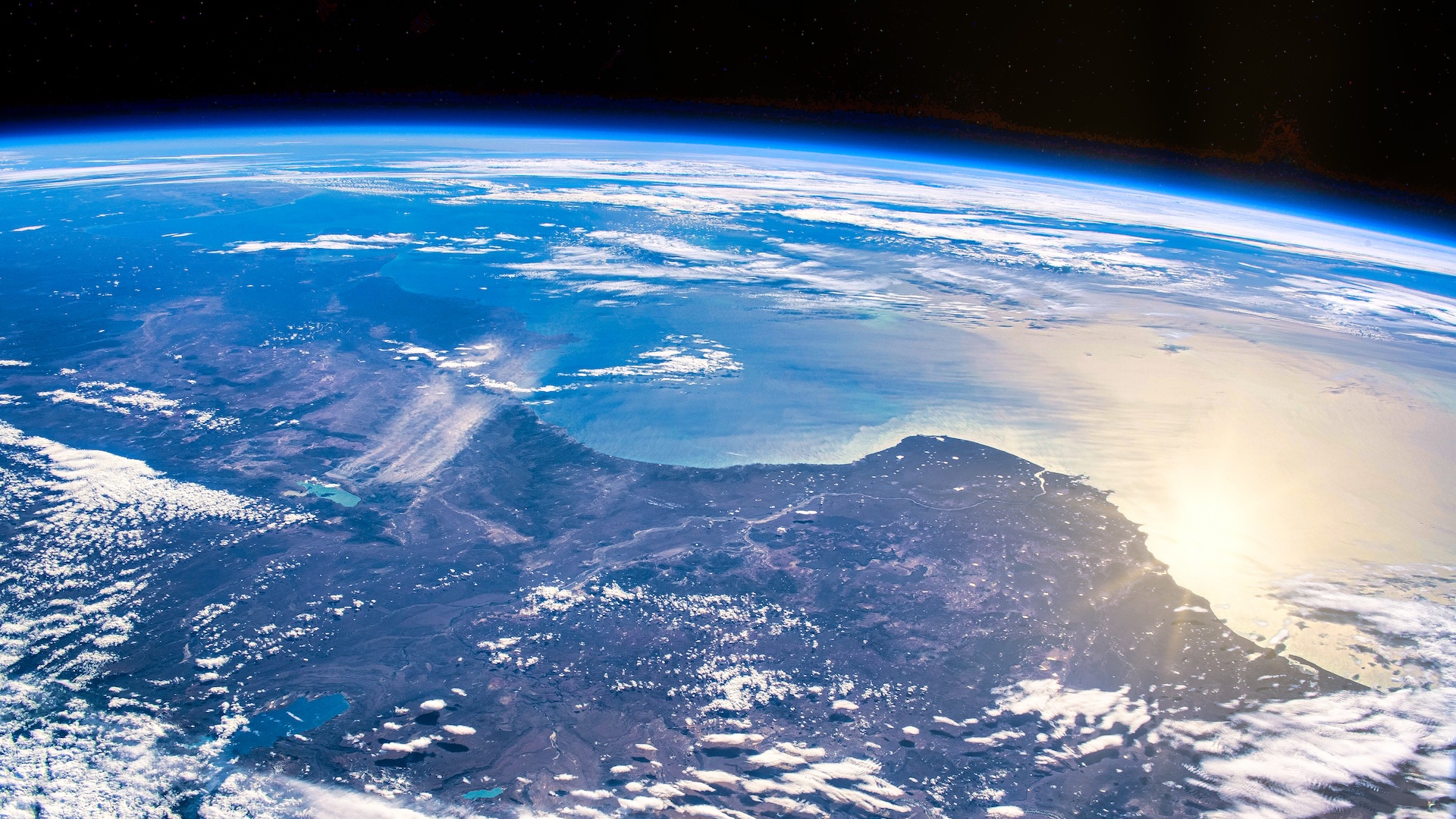Features
Latest Features

How much of your brain do you need to survive?
By Marilyn Perkins published
Case reports of people with atypical brains reveal the human brain's staggering ability to adapt to damage.
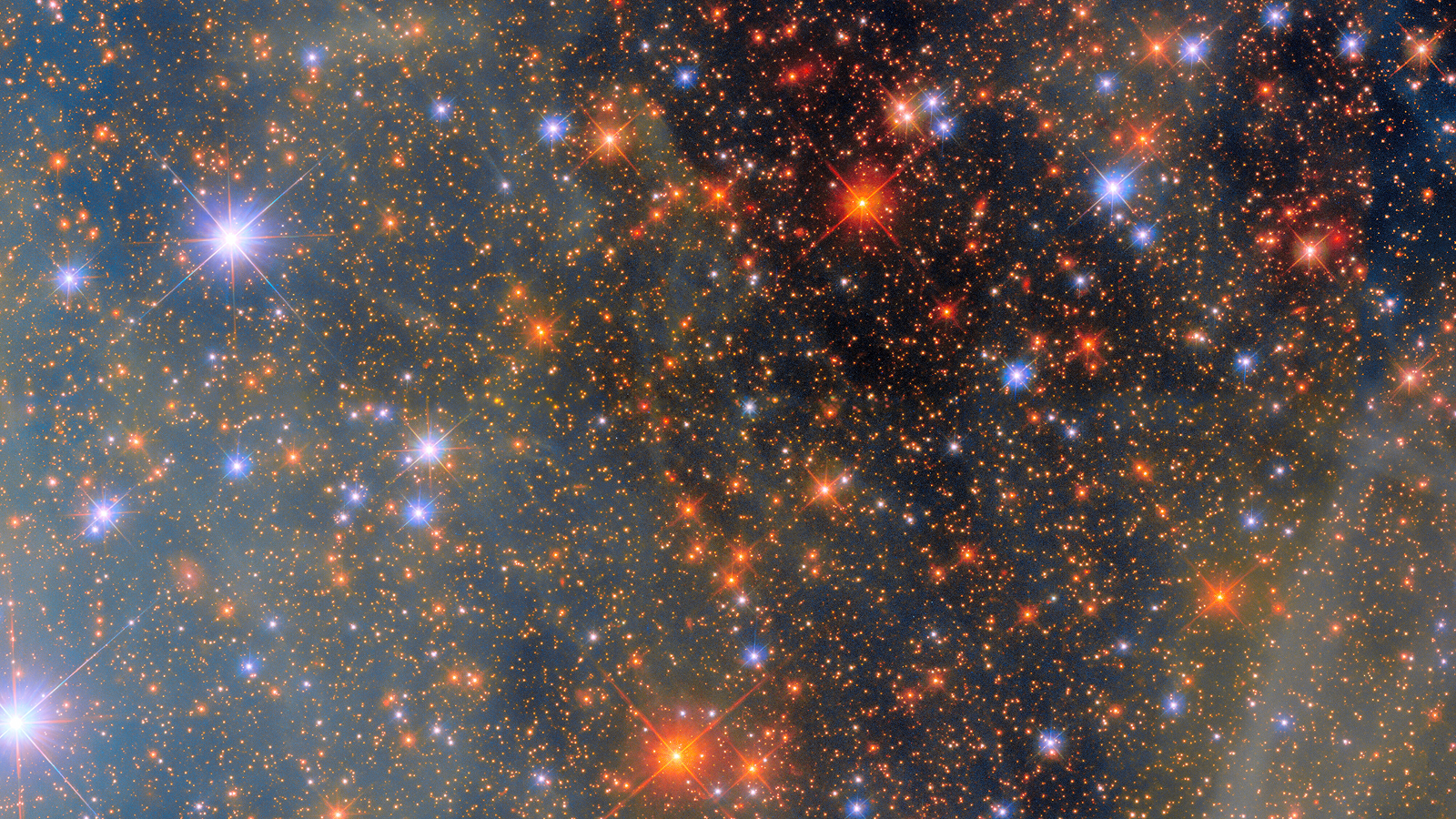
Space photo of the week: Hubble zooms in on the glittering galaxy next door
By Jamie Carter published
The Small Magellanic Cloud, a dwarf galaxy about 200,000 light-years from the solar system, can be seen with the naked eye from the Southern Hemisphere.
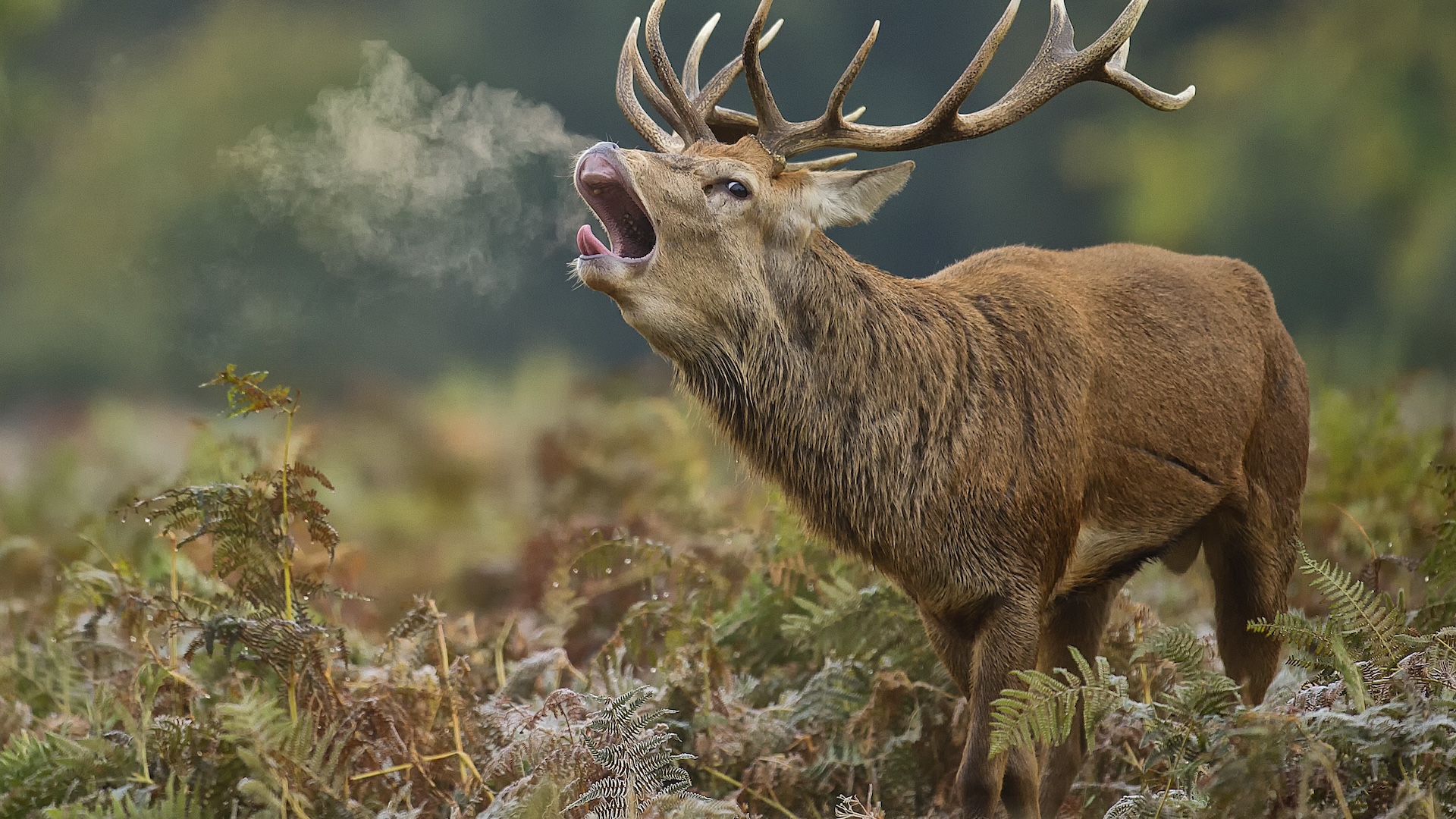
Why does nearly all life breathe oxygen?
By Harrison Tasoff published
Nitrogen comprises around 78% of Earth's atmosphere, so why do most lifeforms breathe oxygen?
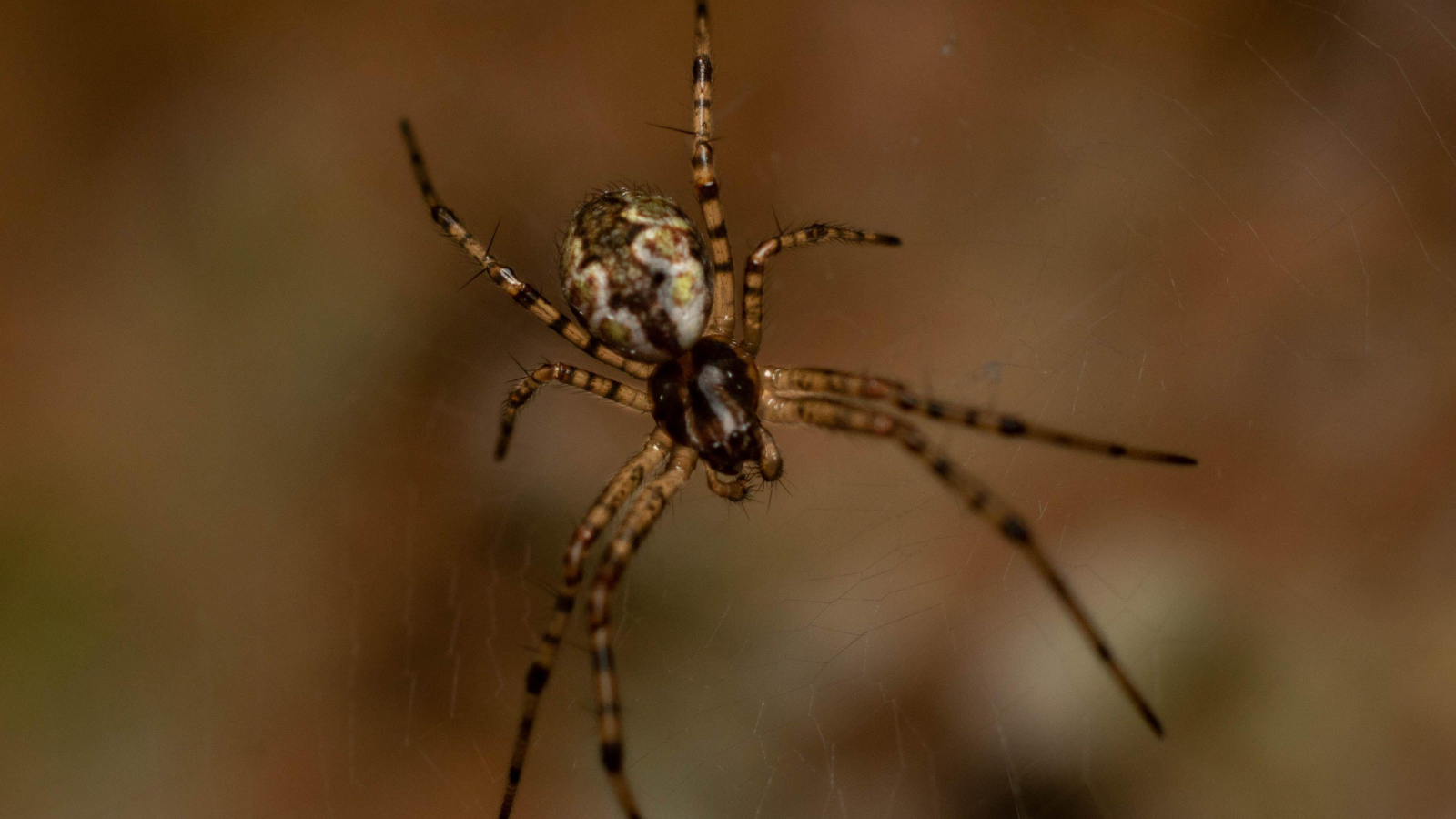
Asian hermit spider: The arachnid that gets stronger after ejecting its own penis
By Lydia Smith published
Female Asian hermit spiders gobble up their partners after mating, so males detach their penises and sometimes offer up an amputated leg to escape.

Why do cats lick plastic bags?
By Kohava Mendelsohn published
Your pet's love of licking may come from their desire to nurse as a kitten.
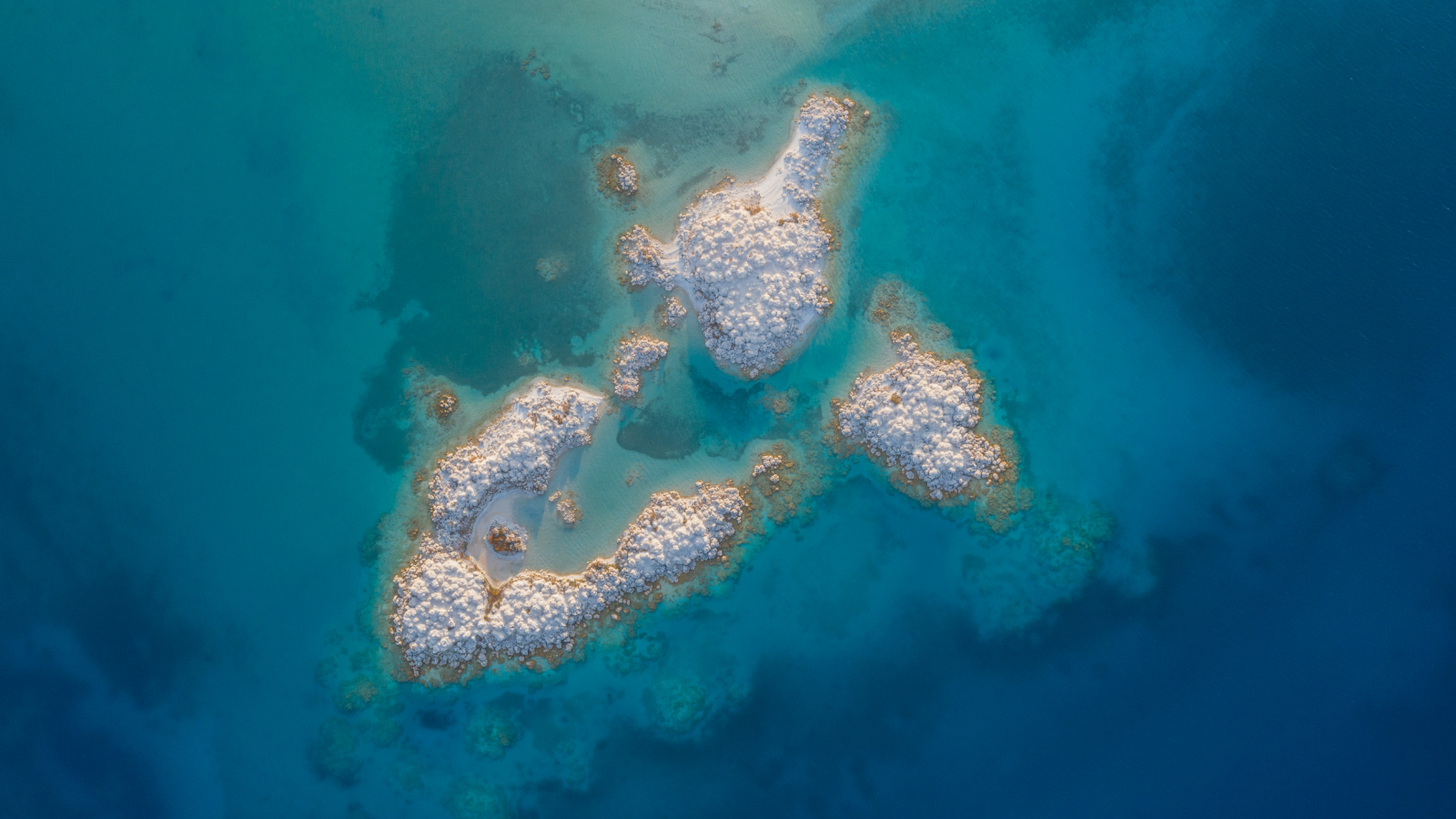
Lake Salda: The only place on Earth similar to Jezero crater on Mars
By Sascha Pare published
Lake Salda, in southwestern Turkey, bears a close resemblance to Mars' Jezero crater, which is currently being sampled by NASA's Perseverance rover.
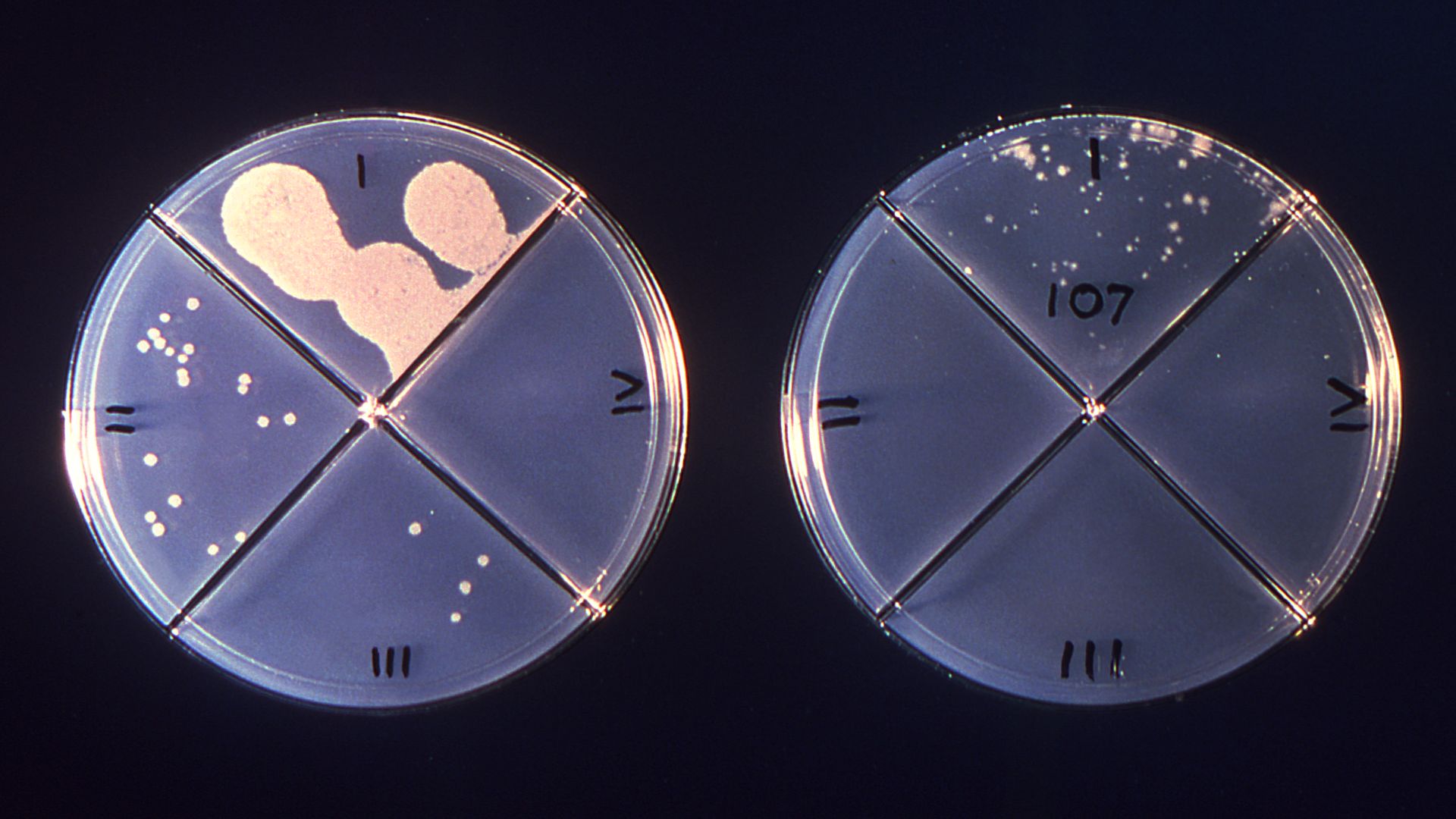
'We will fight for him': Author John Green meets Henry Reider, a young tuberculosis patient with drug-resistant disease
By John Green published
"At the time, I knew almost nothing about TB. To me, it was a disease of history — something that killed depressive 19th-century poets, not present-tense humans."
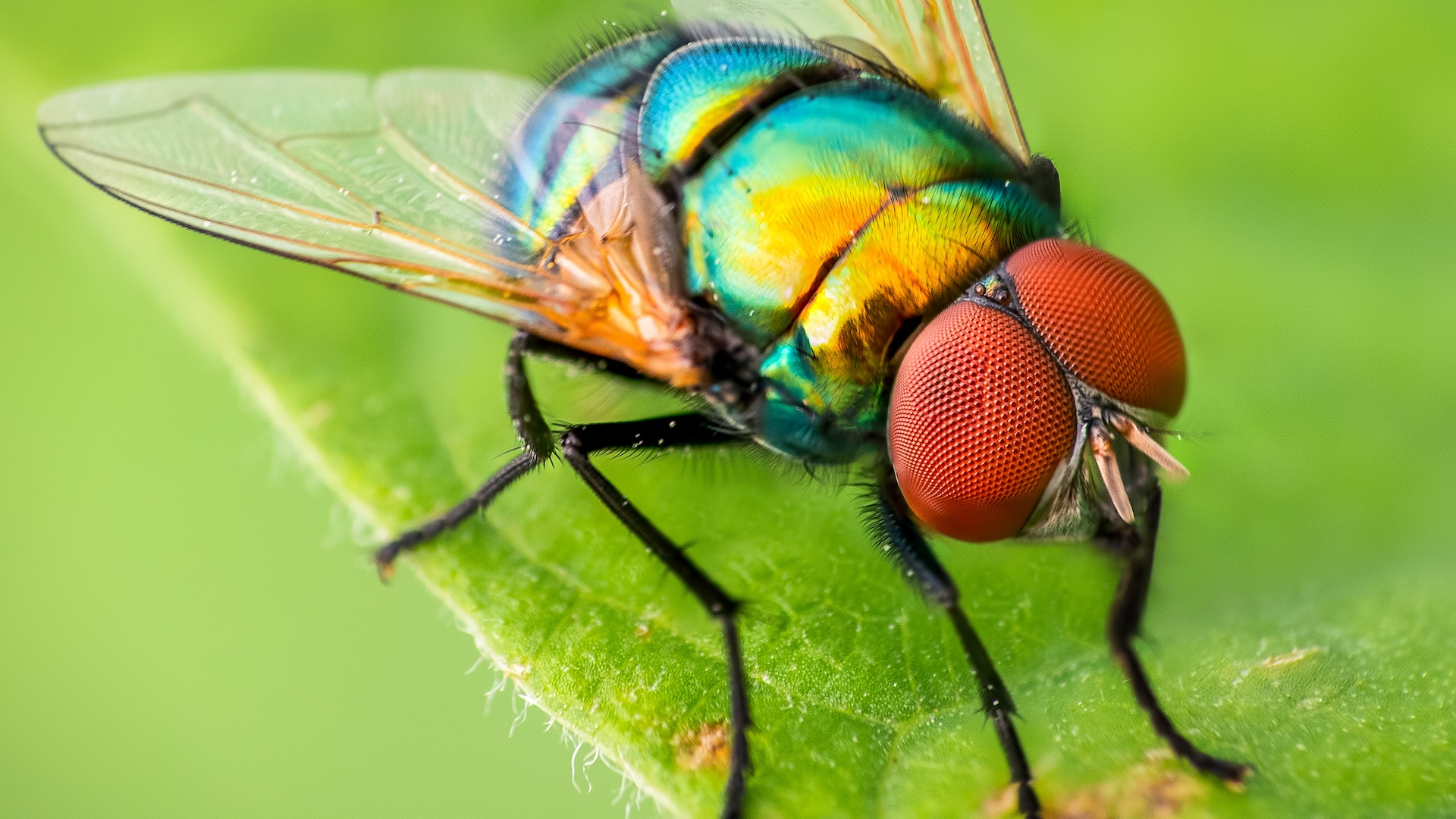
How many species of insects are there on Earth?
By Nicholas Green published
The number of insect species is mind-boggling — and they are a critical part of the environment.
Sign up for the Live Science daily newsletter now
Get the world’s most fascinating discoveries delivered straight to your inbox.

